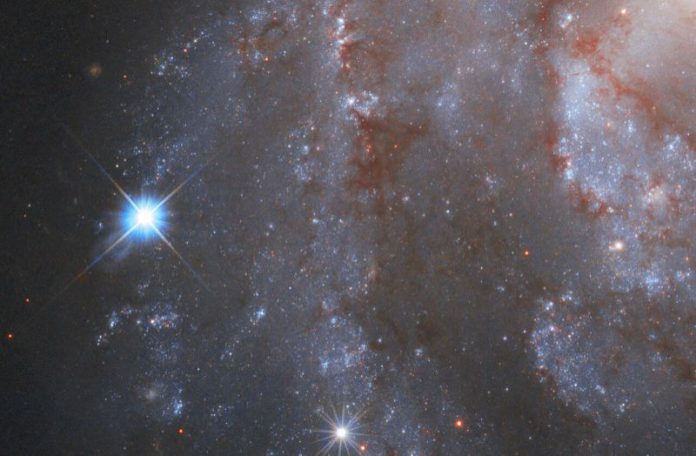The blast in question was a supernova – an astronomical event, which occurs during the last stages in the life of a massive star. The peak of luminosity of a supernova can be compared with that of an entire galaxy.
NASA captured a stunning stellar explosion, which was five billion times brighter than the Sun. It occurred in a faraway spiral galaxy NGC 2525, located 70 million light years away from Earth. The supernova SN 2018gv was first discovered by an amateur astronomer, Koichi Itagaki from Japan in 2018. After Itagaki informed NASA, the space agency started observing it using the Hubble telescope, located in space.
The video released by NASA shows a year of the telescope’s observations and provides us with a rare opportunity to witness a dramatic process.
“The type of supernova seen in this sequence originated from a burned-out star — a white dwarf located in a close binary system — that is accreting material from its companion star. When the white dwarf reaches a critical mass, its core becomes hot enough to ignite nuclear fusion, turning it into a giant atomic bomb. This thermonuclear runaway process tears the dwarf apart. The opulence is short-lived as the fireball fades away”, NASA said in a statement.
According to the space agency observing supernovae allows researchers to measure the expansion rate of the universe, which is a key value “in understanding the physical underpinnings of the cosmos”.
“More than just providing celestial fireworks, supernovae can be used as mileposts to measure distances to galaxies. This yardstick is needed to calculate how quickly galaxies appear to be flying apart from one another, which in turn provides an age estimate for the universe”, NASA said in a statement.





























